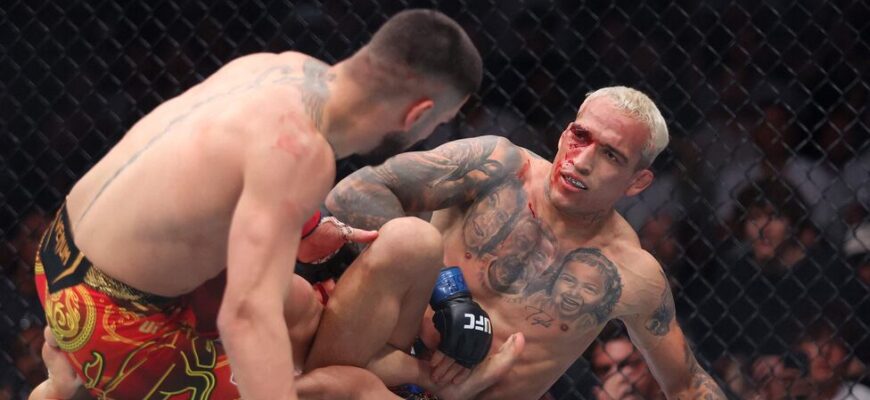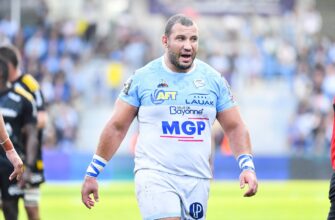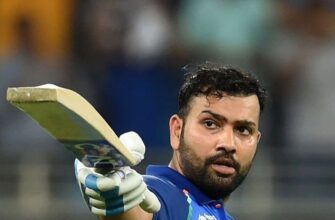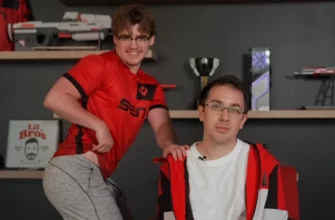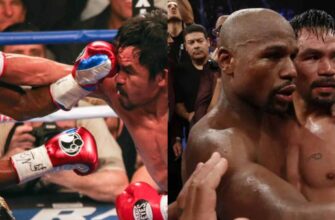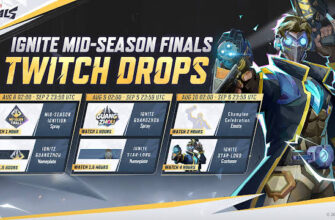The octagon`s canvas often tells a story of triumph and defeat, but sometimes, it narrates a tale of perplexing strategic choices. Such was the narrative spun by the recent lightweight clash at UFC 317, where Ilia Topuria decisively stopped former champion Charles Oliveira. While Topuria’s precision and power were undeniable, the aftermath has seen one prominent voice, that of rising star Paddy Pimblett, offering a notably candid, almost incredulous, critique of Oliveira’s approach.
The “Amateur” Assessment: A Champion`s Uncharacteristic Game Plan
Pimblett, known for his outspoken commentary as much as his fighting prowess, didn`t mince words regarding Oliveira`s performance. His central point of contention revolved around what he perceived as an inexplicable tactical blunder: engaging a renowned striker like Topuria in a stand-up war. Oliveira, celebrated for his elite jiu-jitsu and a dangerous, if sometimes wild, striking game, seemed to abandon his strengths in favor of a straightforward slugfest.
“What the f*** was that game plan, lad? Just stand in front of him and get punched in the face,” Pimblett remarked, his astonishment palpable. He questioned how a veteran of 47 professional fights could approach a high-stakes bout with what he termed an “amateur” mindset.
The essence of mixed martial arts lies in its very name: the synthesis of various disciplines. A well-executed game plan involves leveraging one`s strengths to exploit an opponent`s weaknesses, or at the very least, neutralizing their primary threats. For Oliveira, a fighter who has submitted some of the best lightweights in the world, the decision to forgo his grappling advantage appeared counterintuitive. Even an early moment where he secured a takedown was quickly relinquished, leaving many, including Pimblett, pondering the strategic intent.
The Grappling Conundrum: Unused Weapons in the Arsenal
Beyond the surprising preference for striking, Pimblett highlighted Oliveira’s seeming reluctance to utilize his full arsenal. Early in the first round, Oliveira did indeed attempt leg kicks and a teep, hinting at a more diverse strategy. However, these attempts were fleeting, quickly giving way to a head-on striking exchange. “The first 20 seconds, he did [kick him] a little bit… Then Charles got it once and just started swinging with him,” Pimblett observed, underscoring the shift away from a potentially effective long-range game.
This tactical choice brings to light a recurring dilemma in combat sports: the pressure to entertain versus the imperative to win. While brawling often leads to exciting finishes, it also exposes a fighter to increased risk, especially against a precise counter-puncher like Topuria. For a fighter whose legacy is built on submitting opponents from seemingly impossible positions, the neglect of his grappling seemed a profound tactical oversight, akin to a chess grandmaster choosing to play checkers mid-match.
Pimblett`s Proposition: Durability, Size, and a Brewing Rivalry
In a pivot to his own potential future with Topuria, Pimblett used Oliveira`s perceived vulnerabilities as a contrasting backdrop for his own perceived strengths. He speculated that Oliveira`s extensive career and the “loads of damage” accumulated through numerous wars might have played a role in his susceptibility to Topuria`s power. Pimblett, ever the confident showman, was quick to assert his own durability:
“He wouldn’t knock me out. He could hit me with his best punch and I’d laugh in his face.”
This declaration, delivered with a characteristic blend of bravado and self-assurance, sets the stage for what many anticipate will be a high-stakes clash between Pimblett and Topuria. Beyond durability, Pimblett also heavily emphasizes his significant size advantage over Topuria, describing him as a “midget” in comparison. While weight cutting is a common practice to achieve competitive parity, Pimblett believes his natural frame will be a crucial differentiator. He fully intends to leverage this physical disparity, promising a strategy that starkly contrasts Oliveira`s:
“I will finish you, little boy. He’s that much shorter than me, I’m so much wider than him. That plays a part.”
The post-fight face-off between Pimblett and Topuria in the octagon was not merely an impromptu moment but a carefully choreographed prelude to an inevitable showdown. Pimblett’s detailed analysis of Oliveira’s fight, whether viewed as insightful critique or strategic posturing, serves to amplify the narrative of this budding rivalry. It posits a clear challenge: can Pimblett, with his unique blend of striking, grappling, and undeniable size, execute a game plan against Topuria that avoids the pitfalls he so readily identified in Oliveira`s ill-fated night?
The Evolving Landscape of Lightweight Strategy
Pimblett`s critique of Oliveira`s UFC 317 performance offers more than just a fighter`s opinion; it`s a window into the nuanced world of MMA strategy. It underscores that even for seasoned veterans, the pressure of the moment can lead to deviations from optimal game plans. As the lightweight division continues to evolve, these tactical debates become crucial, shaping not only individual careers but also the strategic landscape of the sport itself. The proposed clash between Pimblett and Topuria, now framed by this analytical lens, promises to be not just a test of wills and skill, but also a fascinating demonstration of contrasting approaches to octagon warfare.

